What core role does an irrigation plastic valve play in agricultural irrigation systems?
1.What are the main components of an irrigation plastic valve and what functions does it perform?
The core components of an irrigation plastic valve include a valve body, valve core, valve stem, sealing ring, and operating mechanism. The valve body, as the main frame of the valve, is injection-molded from high-strength plastic (such as PVC, PE, PP, etc.), with a water flow channel formed inside. Its size and shape are designed according to pipeline specifications to ensure a tight connection with the irrigation pipeline and to support and protect internal components.
The valve core is a key component for controlling water flow. It can be divided into types such as gate, ball core, and diaphragm based on the valve type. It adjusts the flow by changing its relative position with the valve body channel: when fully open, water flows smoothly; when partially closed, the flow is reduced by narrowing the flow area; when fully closed, the water flow is cut off. The valve stem connects the valve core and the operating mechanism, transmitting external operating force to the valve core. It is usually made of corrosion-resistant plastic or metal wrapped in plastic to avoid erosion by water and soil during long-term use.
The sealing ring, mostly made of rubber or silicone, is installed at the contact point between the valve core and the valve body to provide a seal, preventing water leakage when the valve is closed or adjusted, and ensuring the valve's sealing performance and control accuracy. The operating mechanism, which includes a handle, handwheel, or electric actuator, allows users to manually or automatically control the movement of the valve core to adjust water flow.
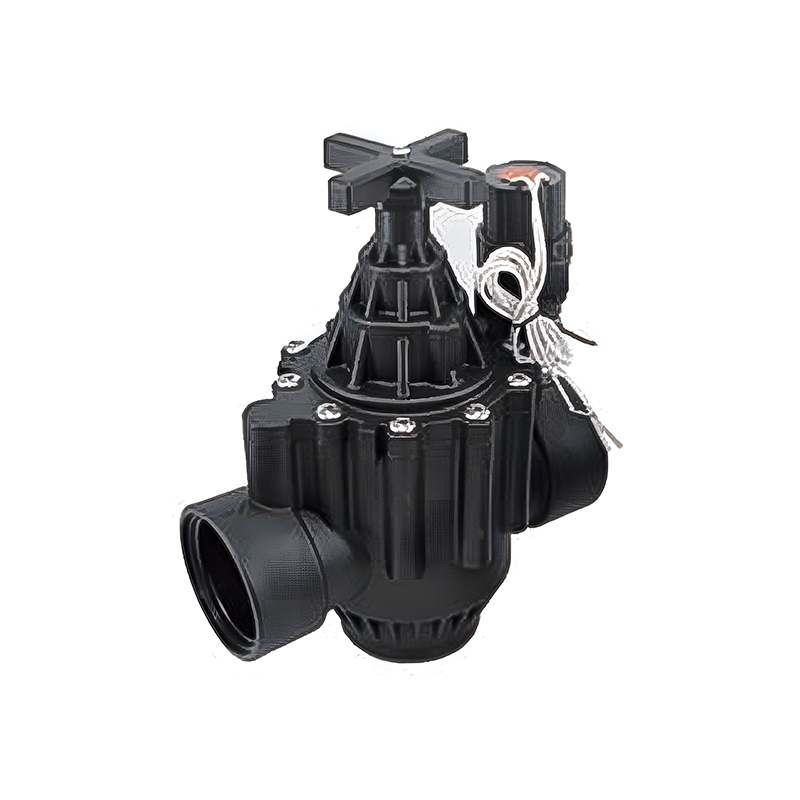
2.What are the common types of an irrigation plastic valve, and what irrigation scenarios is each suitable for?
The gate valve is one common type. Its valve core is a flat gate. Rotating the handwheel drives the valve stem up and down, moving the gate to open or close. Its advantage is low water flow resistance when fully open, making it suitable for scenarios requiring large-flow irrigation, such as controlling the main pipeline of large farmland areas. However, its flow regulation accuracy is low, so it is not suitable for occasions needing fine flow control.
The ball valve has a spherical valve core with a circular through hole. Rotating the handle to align the through hole with the valve body channel opens it fully; rotating 90 degrees to make the through hole perpendicular to the channel closes it. It has a compact structure and fast opening/closing, enabling quick cutoff or connection of water flow. It is suitable for controlling branch pipes that require frequent switching, such as zoned irrigation in greenhouses. Additionally, its adjustment performance is better than that of gate valves, allowing flow adjustment within a certain range.
The check valve (also known as a one-way valve) has a flap-shaped or spherical valve core. It opens under the pressure of the water flow itself and automatically closes when water flows backward, preventing backflow in the irrigation system that could cause water pollution or damage the water pump. It is usually installed at the water pump outlet and the inlet of drip irrigation system branch pipes to ensure safe system operation.
The solenoid valve uses magnetic force generated by an electromagnetic coil to drive the valve core. It can be paired with a controller for automatic control, suitable for intelligent irrigation systems—for example, automatically opening or closing based on signals from soil moisture sensors. It is ideal for precise irrigation of large farmlands and orchards, reducing manual operation costs.
3.Compared with metal valves, what are the material advantages of an irrigation plastic valve?
Corrosion resistance is its most prominent advantage. Agricultural irrigation water often contains chemical residues from fertilizers and pesticides, and soil may have acids or alkalis. Metal valves are prone to rust after long-term contact, reducing sealing performance and causing operational jams. Plastic materials like PVC and PE have strong chemical stability, resisting corrosion from such substances, resulting in a longer service life. They are especially suitable for highly corrosive environments such as saline-alkali land and greenhouses.
Light weight is another major advantage. Plastic valves have a much lower density than metals (e.g., cast iron, steel), making them easier to install and carry, reducing labor costs during construction. For irrigation branch valves that need frequent movement or field installation, their lightness significantly improves operational efficiency.
In terms of cost, the raw material and processing costs of a plastic valve are usually lower than those of a metal valve. Especially in large-scale agricultural irrigation systems, using plastic valves greatly reduces overall equipment investment, making them suitable for small and medium-sized farmers with limited budgets or large-scale planting bases.
Additionally, the inner wall of an irrigation plastic valve is smooth, reducing water flow resistance, lowering head loss, and improving the irrigation system's water delivery efficiency. Plastic materials do not cause electrochemical corrosion, avoiding pipe blockages due to metal valve corrosion.
4.What is the working principle of an irrigation plastic valve, and how does it achieve precise control of water flow?
The working core of an irrigation plastic valve is to change the flow cross-sectional area through the relative movement between the valve core and the valve body. When the operating mechanism (e.g., handle) is turned, the valve stem drives the valve core to move: for gate valves, the gate rises and falls along the valve body channel axis to change the channel's opening height; for ball valves, the spherical core rotates around an axis perpendicular to the channel to change the overlap area between the through hole and the channel; for solenoid valves, magnetic force generated by the electromagnetic coil when energized overcomes spring force to push the valve core open, and the spring resets to close the valve when de-energized.
In flow control, the valve core's position determines the flow area. According to fluid mechanics principles, the water flow through the valve is related to the flow area and the pressure difference between upstream and downstream. By accurately adjusting the valve core's position, the flow can be stabilized within the required range. For example, in a drip irrigation system, fine-tuning the ball valve's opening angle controls the branch pipe flow within a range suitable for crop growth, preventing overwatering or underwatering.
Meanwhile, the tight fit of the sealing ring ensures no leakage during adjustment, guaranteeing control accuracy. The rigid structure of the plastic valve body provides stable guidance for the valve core's movement, ensuring smooth and reliable adjustment.
5.What irrigation methods are suitable for an irrigation plastic valve, and can it meet the irrigation needs of different crops?
In flood irrigation, an irrigation plastic valve is usually used as a main pipeline control valve. It is quickly opened and closed via a gate valve or ball valve to achieve centralized water supply for large farmland areas. Its corrosion resistance and large-flow characteristics suit flood irrigation's water flow requirements.
Drip irrigation systems demand high flow control accuracy. A plastic ball valve or solenoid valve can precisely adjust branch pipe flow, ensuring each crop receives uniform water. The check valve prevents backflow in drip irrigation belts, avoiding blockages. The plastic valve's chemical resistance also suits the water-fertilizer integration commonly used in drip irrigation.
In sprinkler irrigation systems, a plastic valve controls water supply to sprinklers. The ball valve's fast opening/closing matches the sprinkler's rotation rhythm. Gate valves are suitable for controlling main pipeline water pressure, ensuring sprinkler range and uniformity. The lightweight plastic valve is easy to install and maintain on sprinkler branch pipes.
For different crops: rice, requiring large continuous water volumes, can use a large-caliber plastic gate valve to control sufficient flow; vegetables and fruit trees need precise water control to avoid waterlogging, which ball valves and solenoid valves can meet for on-demand water supply. Thus, an irrigation plastic valve can adapt to various crops' irrigation characteristics through combinations of different types.
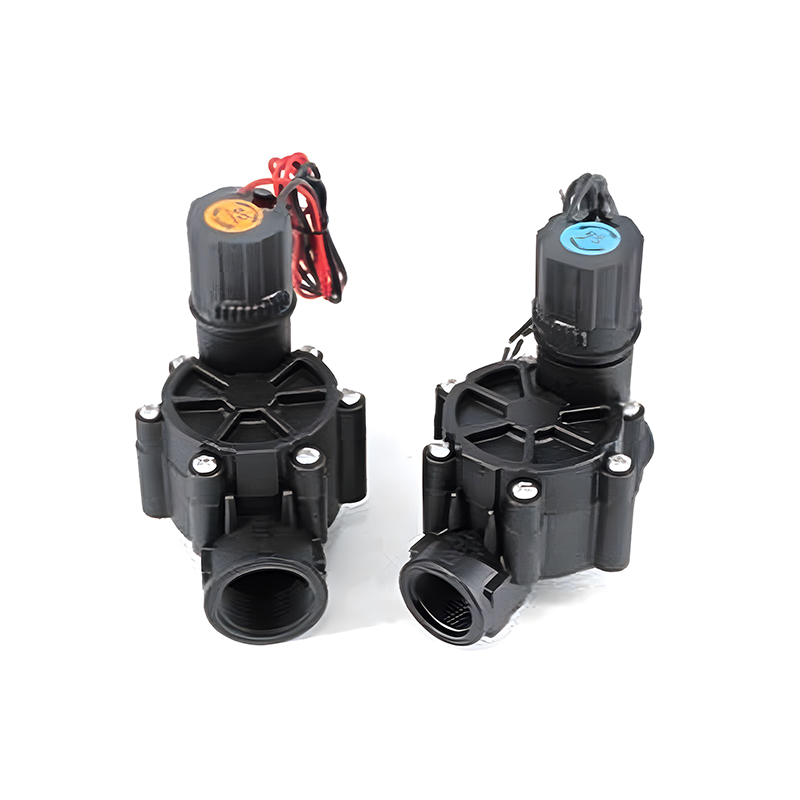
6.How to perform daily maintenance on an irrigation plastic valve to extend its service life?
Regular cleaning is fundamental. Sand and impurities in irrigation water may adhere to the valve core and inner wall, causing stiffness. Close the main upstream switch at regular intervals (e.g., one irrigation cycle), disassemble the valve for cleaning, and rinse the valve core, stem, and body with clean water to remove dirt and particles. For valves with filters, clean filtered impurities promptly to prevent blockages affecting water flow.
Checking sealing performance is crucial. Observe for leaks when the valve is closed. If leaks occur, they may result from worn or aged sealing rings—replace them with the same model promptly. When replacing, clean the sealing groove to ensure the new ring is properly installed, avoiding re-leakage.
Maintaining the operating mechanism is also important. For manual valves, regularly apply a small amount of lubricant (e.g., silicone grease) to the connection between the valve stem and operating mechanism to reduce friction, ensuring smooth opening/closing and preventing stem damage from jamming. For solenoid valves, check that the electromagnetic coil wiring is secure to avoid short circuits from moisture, and regularly test the opening/closing response speed to ensure normal operation.
When not in use for a long time, fully open the valve to drain internal water, preventing freezing and cracking in low temperatures (especially northern winters). Store the valve in a dry, ventilated place, avoiding direct sunlight and high temperatures to prevent plastic aging and brittleness.
7.When purchasing an irrigation plastic valve, what key factors should be considered to ensure it is suitable for the irrigation system?
First, clarify the system's working pressure and flow requirements. An irrigation plastic valve of different specifications has a rated working pressure (e.g., 0.6MPa, 1.0MPa) and nominal diameter (e.g., DN20, DN50). Select one matching the irrigation pipeline's design pressure and required flow, ensuring its rated pressure is not lower than the system's maximum working pressure and its nominal diameter matches the pipeline to avoid valve rupture or insufficient flow affecting irrigation.
Second, consider the corrosiveness of the usage environment. For highly corrosive irrigation water or soil, choose materials with better corrosion resistance. For example, UPVC valves perform better than ordinary PVC ones, and PE valves suit low-temperature environments. For buried valves, select UV-resistant and aging-resistant plastic varieties to withstand long-term underground exposure.
The valve's connection method must match the pipeline. Common types include threaded, flange, and socket connections. Threaded connections suit small-diameter pipelines (below DN50) and are easy to install; flange connections suit large-diameter pipelines with better sealing; socket connections are often used for PE pipelines, requiring special glue or hot-melt bonding to ensure a firm, leak-free connection.
Additionally, select the operation method based on the irrigation system's automation level. Manual valves suit small, simple systems; solenoid valves suit large systems needing automated control. Choose products from well-known brands to ensure reliable quality and comprehensive after-sales service, facilitating later maintenance and accessory replacement.


 Search for...
Search for... English
English Español
Español 中文简体
中文简体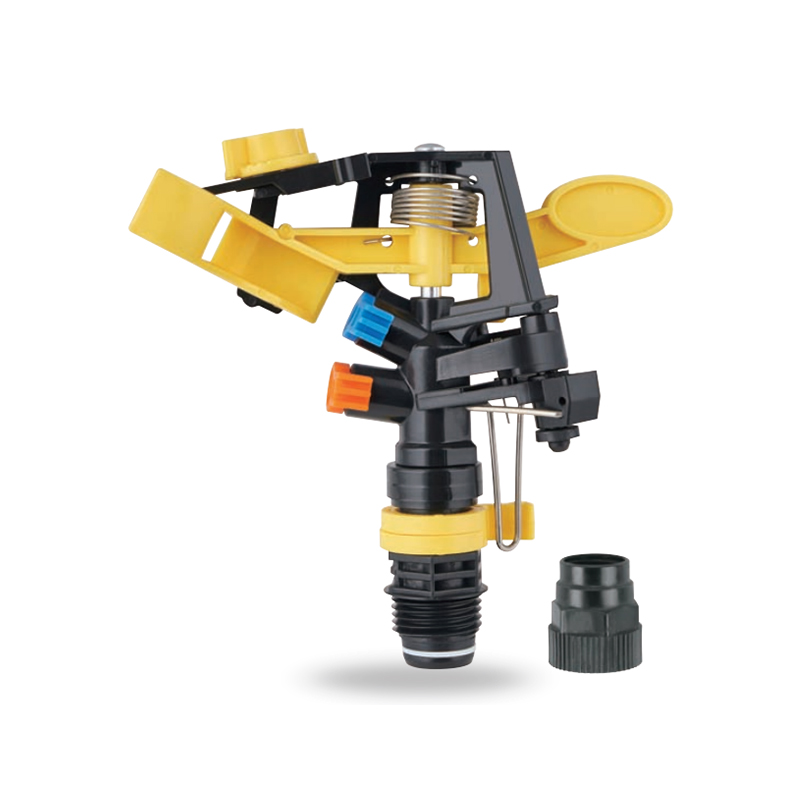
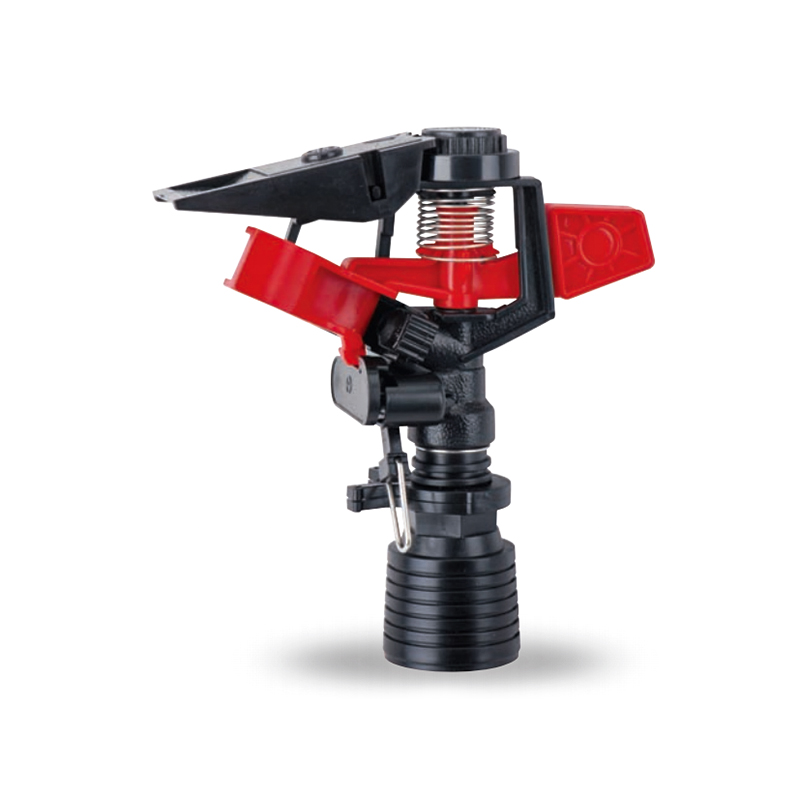
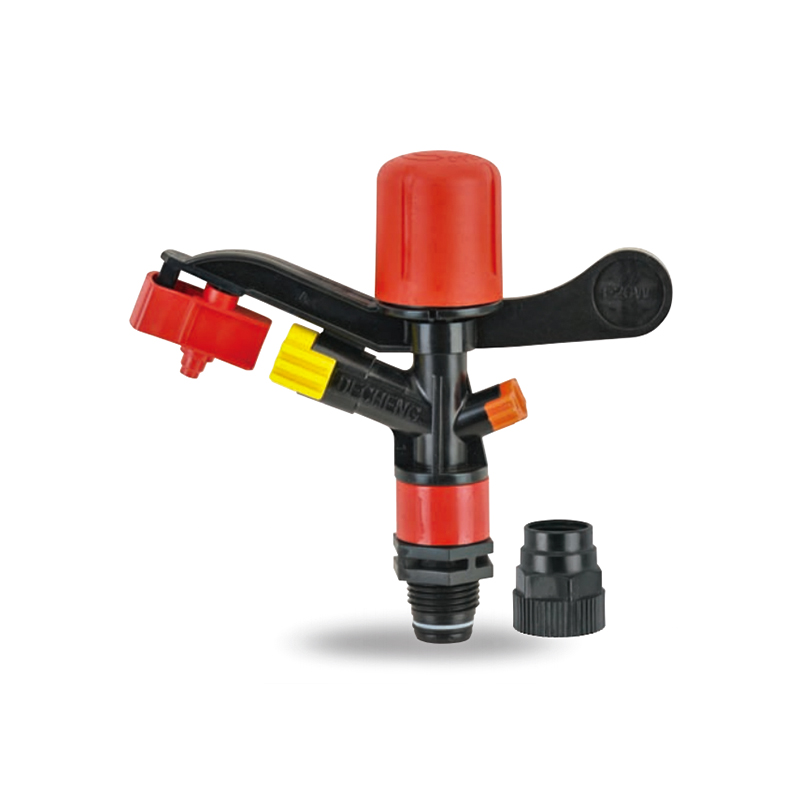
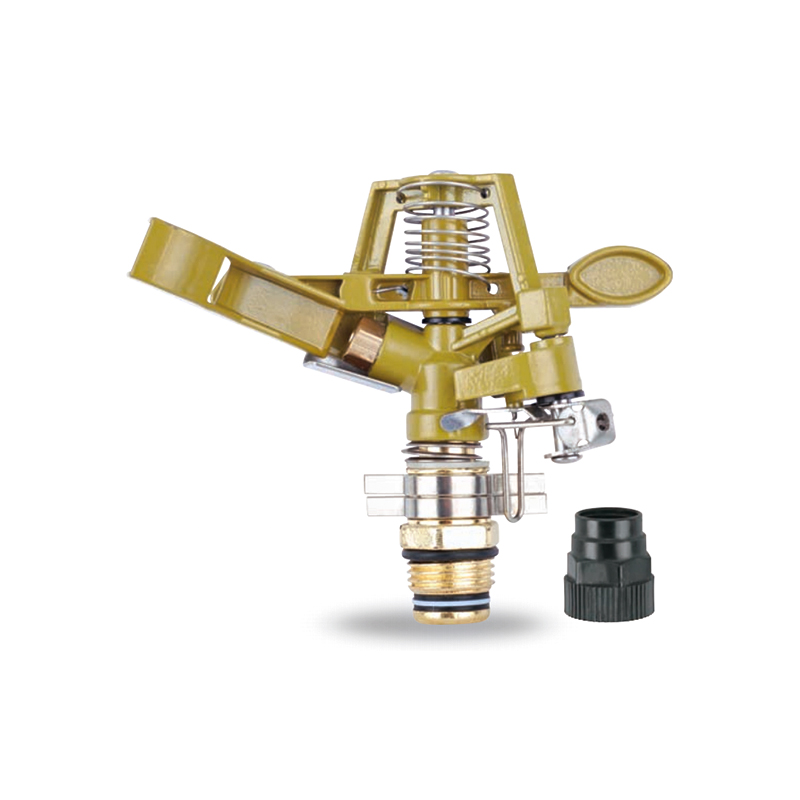
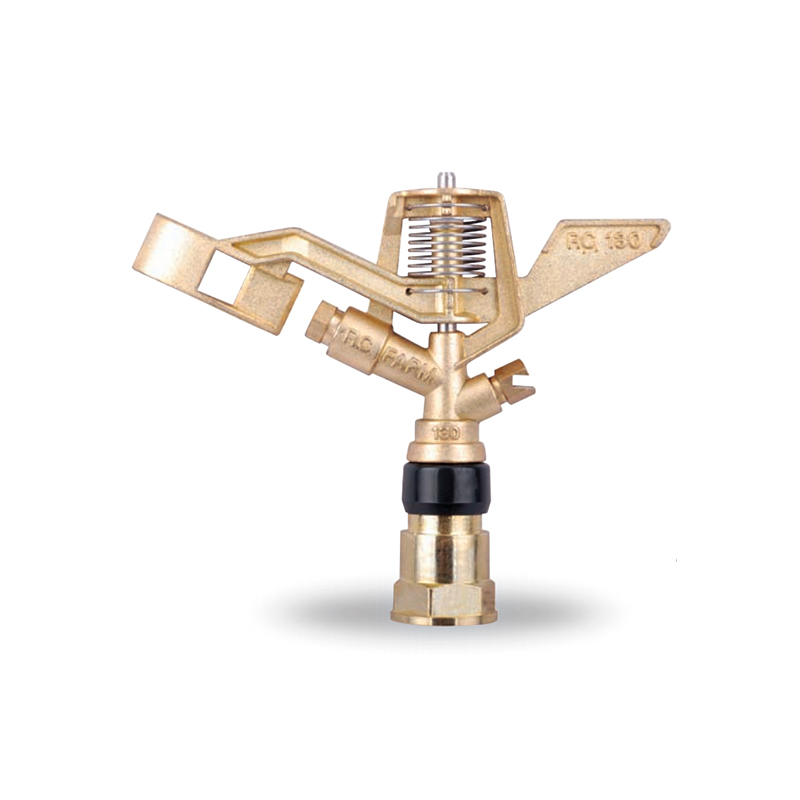
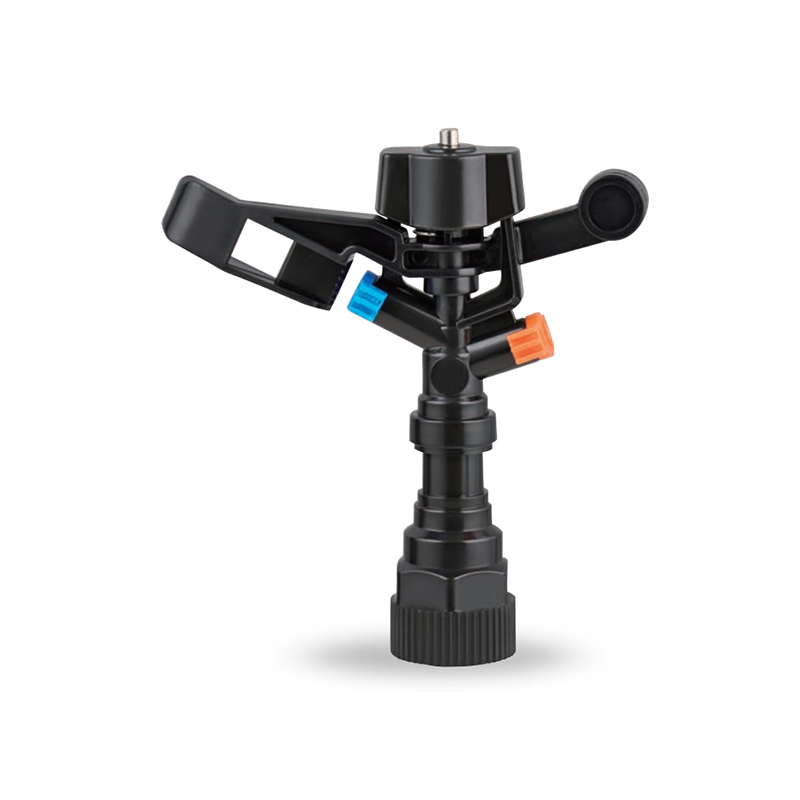
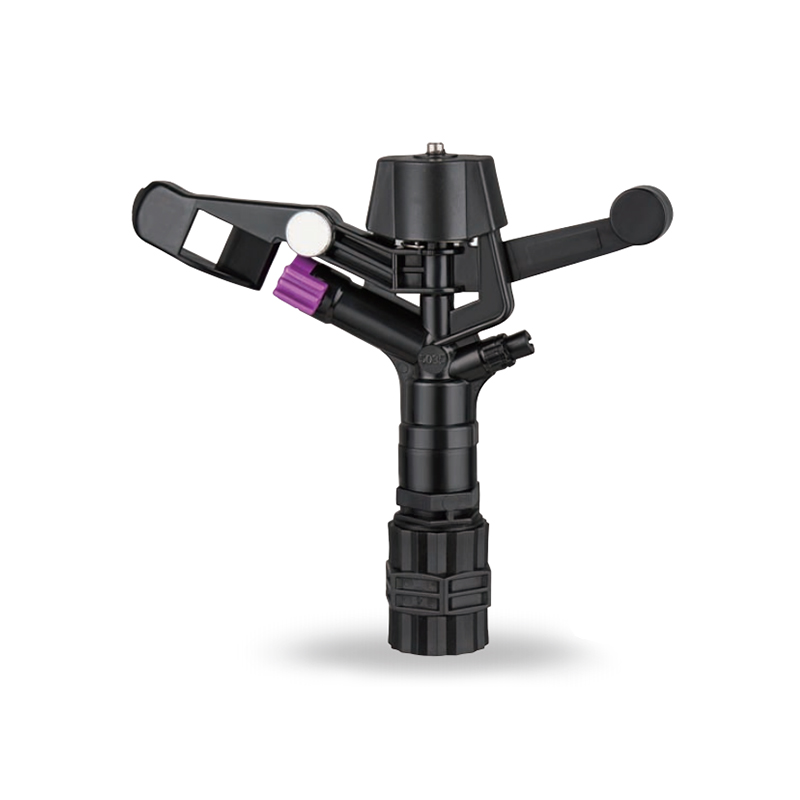
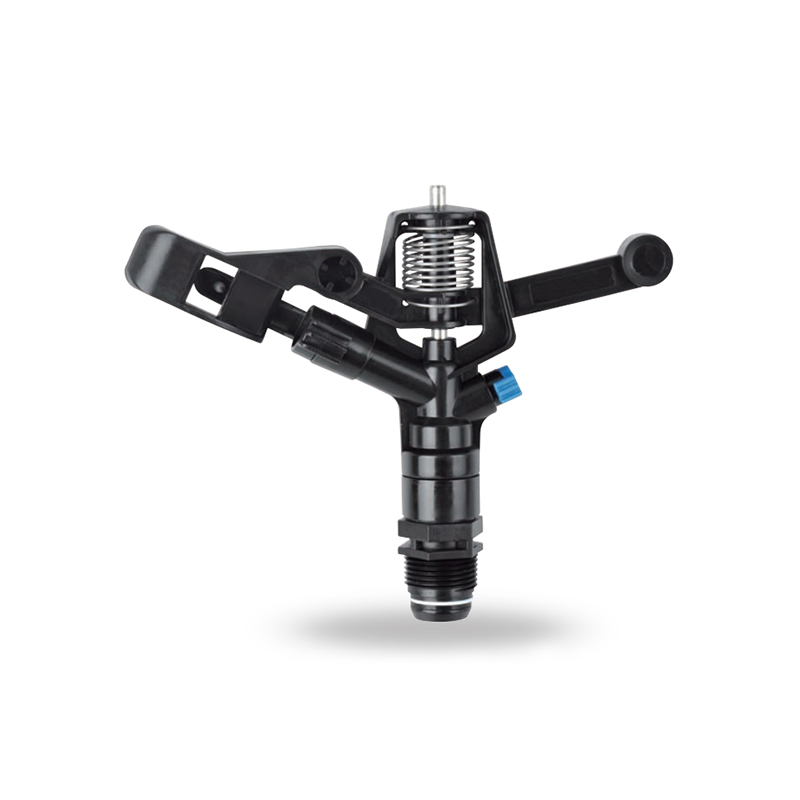
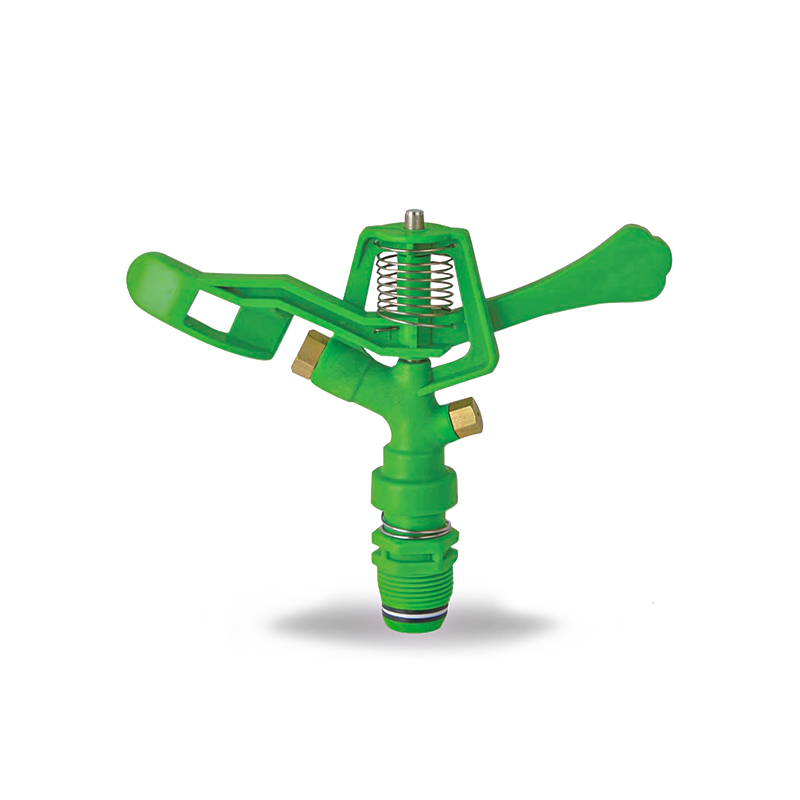
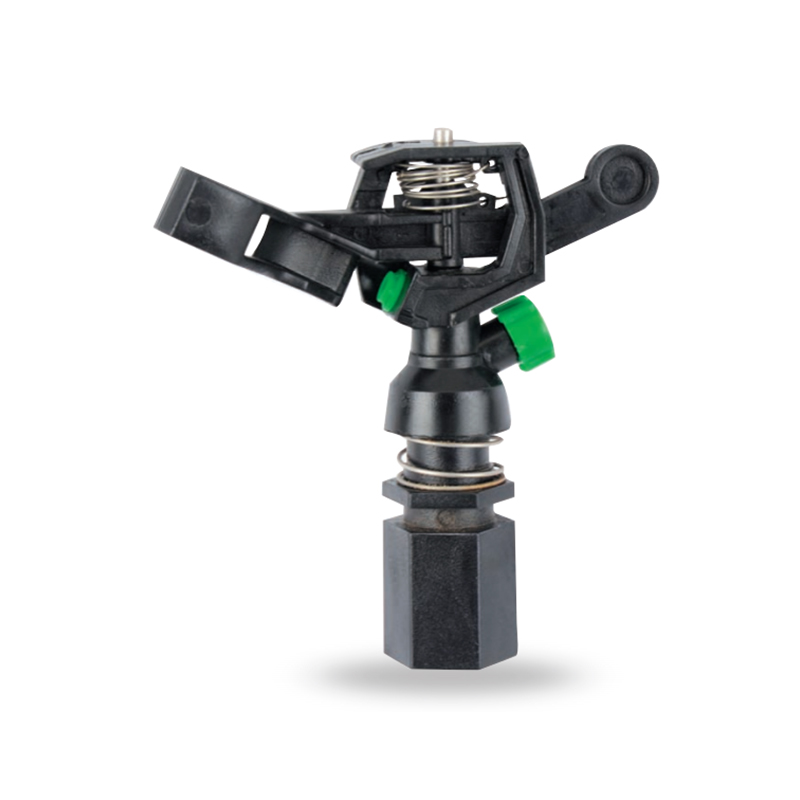
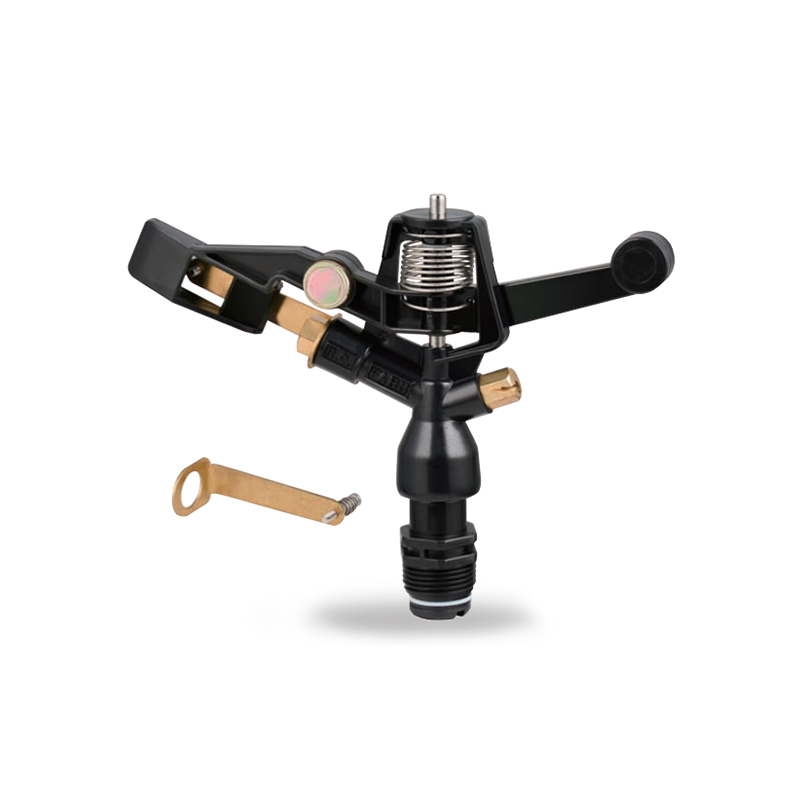
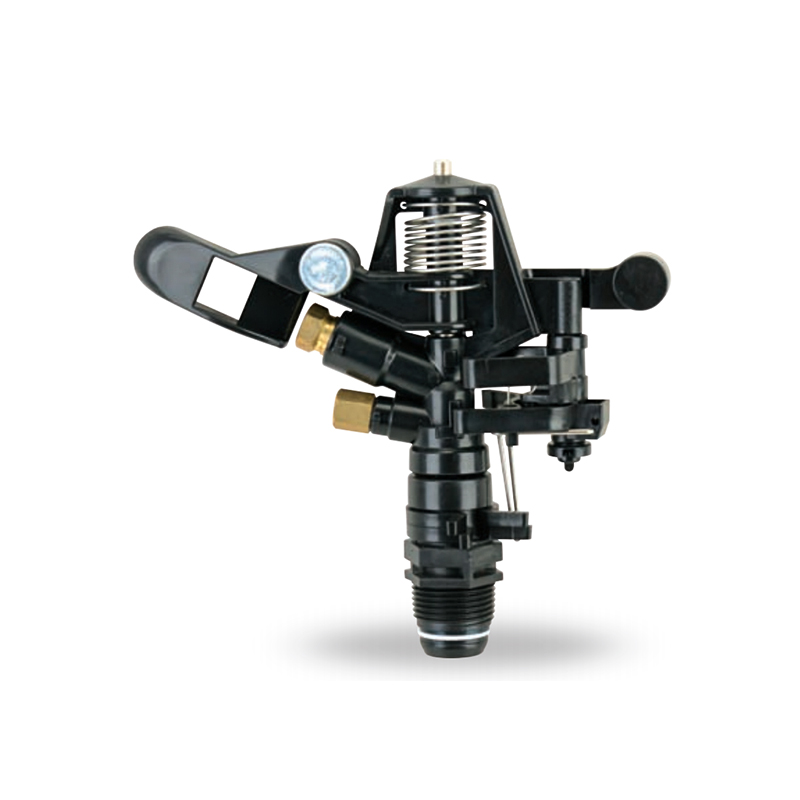



 No.518, Ruihao Road, Lizhou Street, Yuyao City, Zhejiang Province, China
No.518, Ruihao Road, Lizhou Street, Yuyao City, Zhejiang Province, China +86-13105554615 / +86-18005843886
+86-13105554615 / +86-18005843886 decheng@dcssq.com fredzhu@dcssq.com
decheng@dcssq.com fredzhu@dcssq.com

